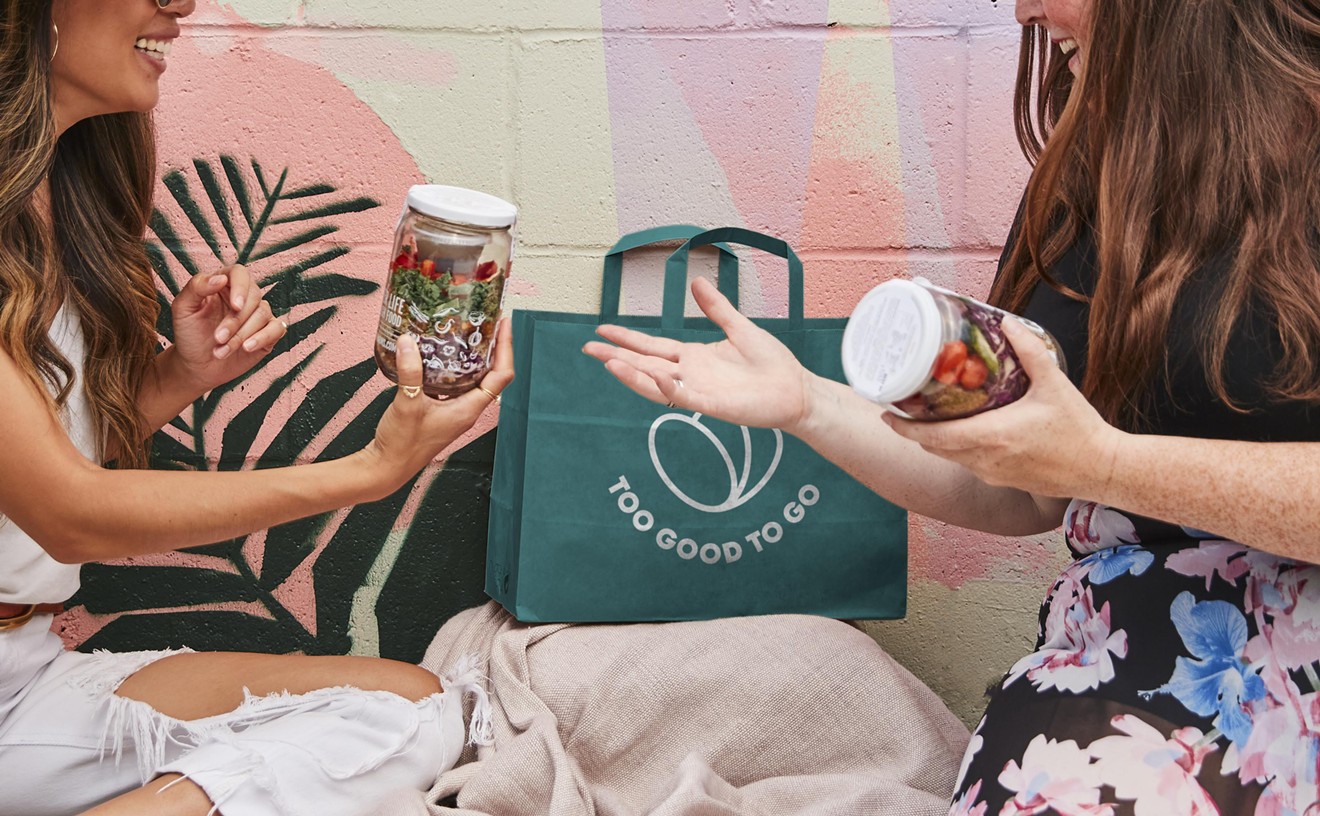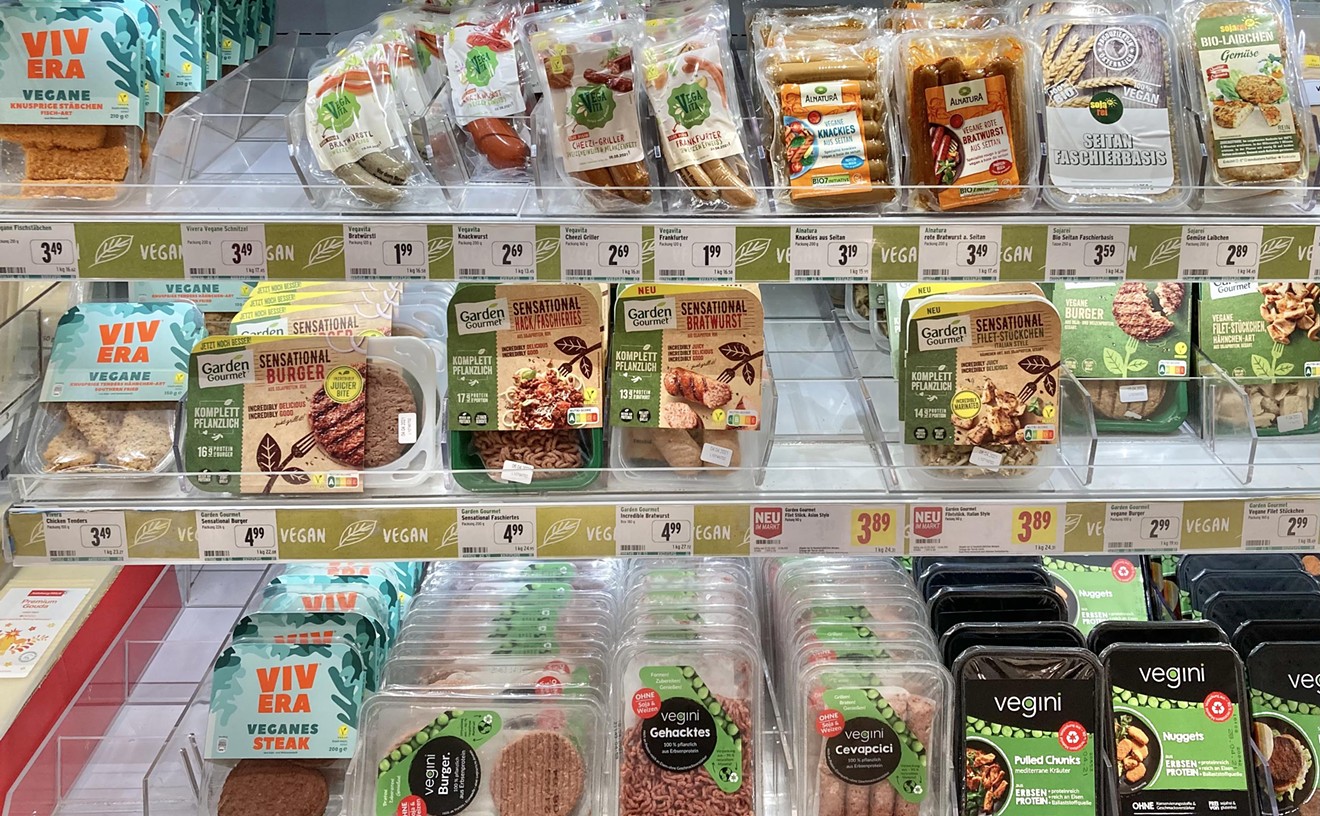This Week: Dinuguan from Chef Susan Bilas of Gingerroot (1076 W. Chandler Blvd. Chandler).
The Basics: Dinuguan is a classic Filipino dish that falls under the label of "don't ask, just eat." The name is derived of the term dugo, which means "blood," so that alone should give you a decent idea of what you're getting yourself into.
Dinuguan is a rich, dark stew made from pig offal (internal organs and entrails) and pig blood. This dish is not for the squeamish -- it's reminiscent of the legendary Spartan black soup, but a whole lot tastier.
Traditionally, dinuguan was prepared alongside Filipino Léchon, or roasted pig, (No Reservation's Anthony Bourdain declared this the best pig he's ever eaten.) Before the pig is roasted, its blood is drained, and then the innards and entrails removed. As every part of the animal is used, these provide some truly rustic ingredients.
The pig meat is first chopped into small, bite-sized cubes and cuts, simmered, then added to pork blood, which becomes thick and spicy from the addition of siling mahaba, a hot, bright-green pepper native to the Philippines.
Served hot with puta (rice cake), this pork blood strew is a hearty, savory, and ultimately tasty way to waste no part of a pig.
See how Gingerroot tackles this bloody stew after the jump.
Gingerroot's Dinuguan:
Gingerroot's dinuguan was a savory, flavorful experience. The main meat used in the dish is fat-filled, tender pork belly, which makes the stew heavy and buttery. The dish's dark gravy is served hot and thick, and has a hint of tang with the addition of vinegar and serrano pepper.
However, what truly sets Chef Bilas's dinuguan apart is her attention to freshness and quality ingredients. This is, unfortunately, a rarity in the large majority of Phoenix's Filipino food scene, with most restaurants preparing large batches of food earlier in the day, and then leaving the dishes to sit in heating trays for hours.
"I don't make it until you order it," says Bilas. Trained in the acclaimed French restaurant, Cavey's, Bilas brings a gourmet standard of quality and sense of presentation to Filipino cuisine.
"I wanted to show people a Filipino restaurant isn't just about turo-turo (caferia-style serving)," she continues, "I wanted a place that had presentation, and didn't keep food just sitting in oil for hours."
Ying and Yuck: The first sign of bad dinuguan is the taste of iron. If this is present, the pork blood has been undercooked, or cooked too fast on high heat. This dish requires low cooking heat and a lot of patience. Also watch out for dinuguan with excess vinegar, which is often added after the stew has been sitting in a heating tray for extended periods of time.
"Everything has to balance out," says Chef Bilas.










